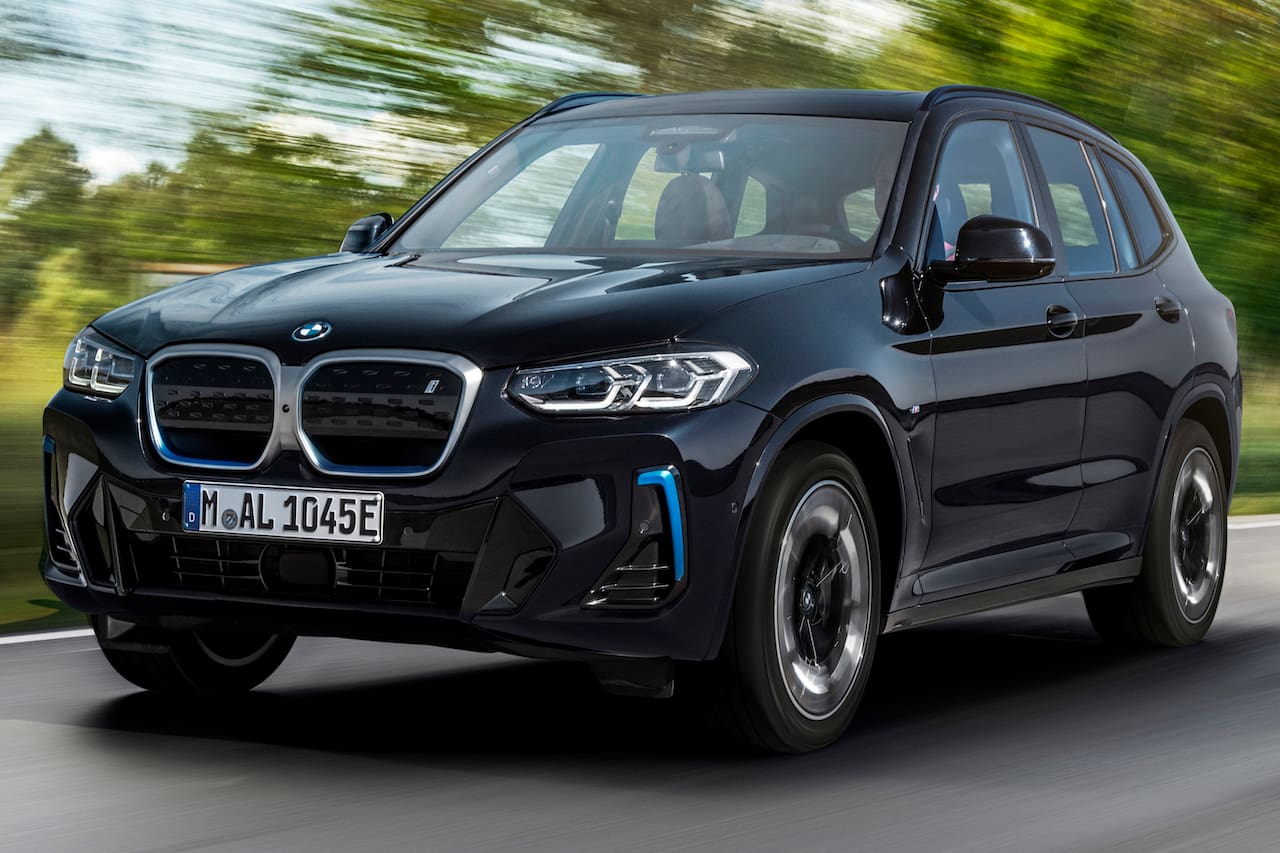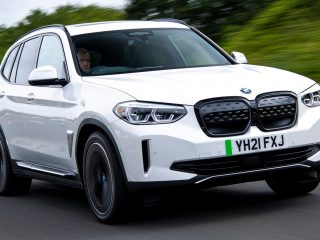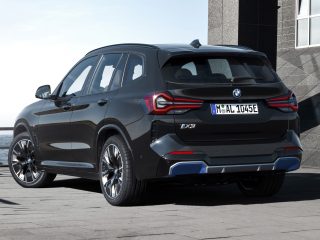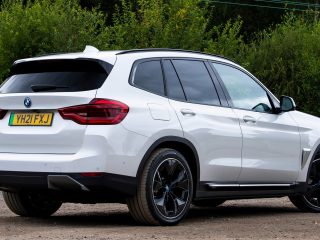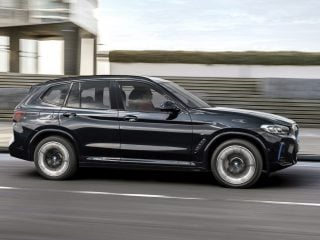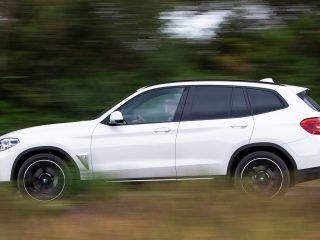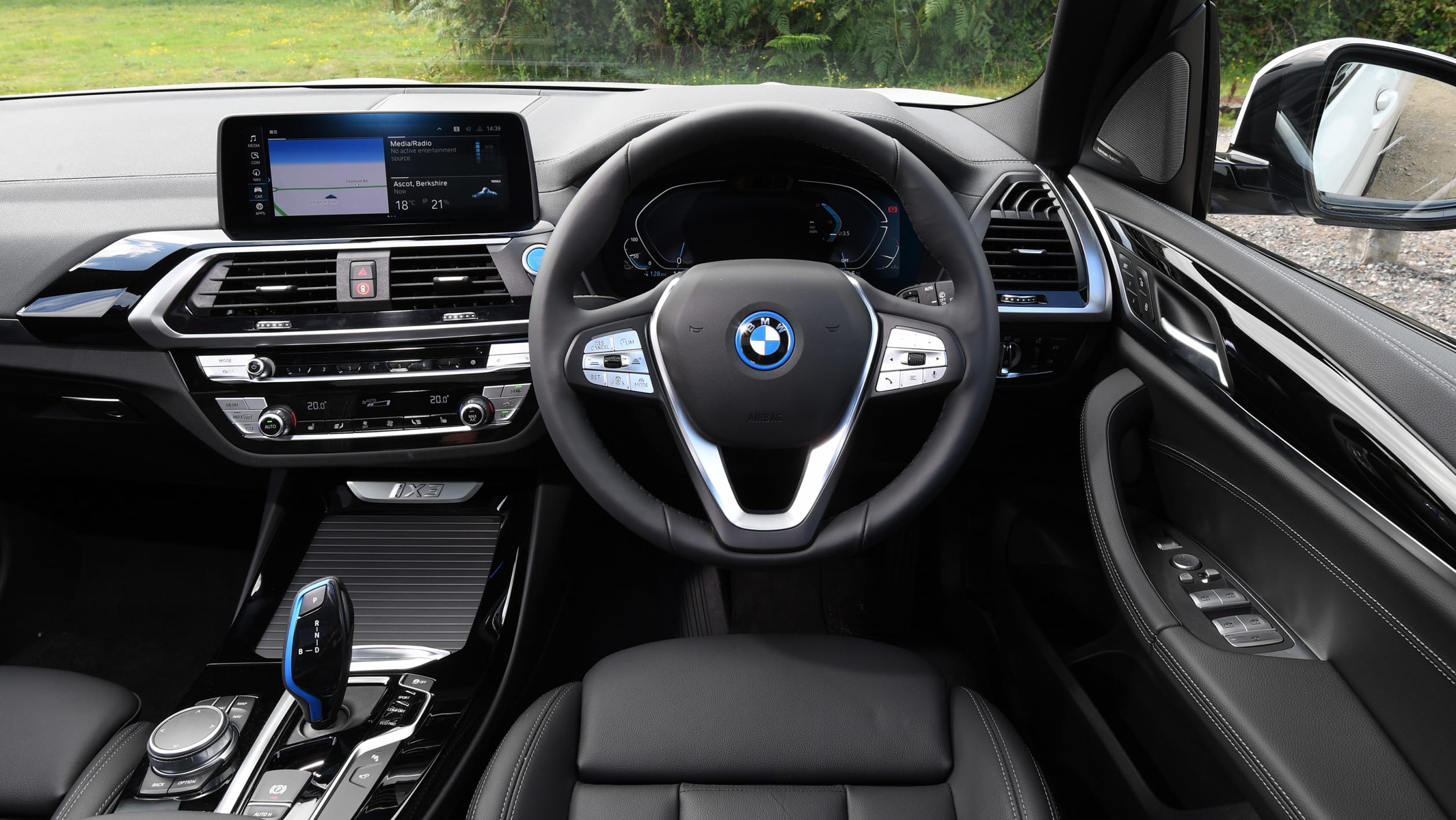The all-electric BMW iX3 is coming to rival the Mercedes EQC, Audi e-tron and Jaguar I-Pace
It’s not often that we review a car that is out of date before you’ve even managed to read the words. However, with the BMW iX3, that is the case – or at least it is in part.
You see, while the pure-electric iX3 is new, the petrol, diesel and plug-in hybrid X3 on which it is based has been around for a few years now. Long enough, indeed, for BMW to treat its family SUV to a mid-life facelift. The iX3 we’re reviewing here launched just before the maker announced these range-wide changed. For Australia, we will receive the updated 2022 model this November which is not even available yet in Europe.
Fear not in many ways though, as all of the changes for the facelifted car are aesthetic; the headlights are slightly slimmer, while the kidney grilles and air intakes have grown in size. Some of the blue details you’ll notice on our car have been removed, but otherwise, the iX3 is unchanged.
That means it gets the same 80kWh (74kWh usable) battery, and an identical 210kW electric motor. Range stands at 460km on the WLTP combined cycle.
BMW claims the iX3, unlike a number of its rivals, was designed to have an electric variant from the outset. That’s not the same as basing the car on a bespoke EV architecture, but it’s better than bodging one from a petrol platform. This, added to the fact the iX3 is rear rather than all-wheel drive, means it’s lighter than many of its rivals.
And you can feel it on the move. The iX3 is more agile than, say, the Mercedes EQC or the Volvo XC40 Recharge, and in true BMW fashion it feels more playful; thanks to the fact the battery is mounted along in floor, body control is good. The steering is well-weighted; not loaded with feedback, but it allows you to place the car with confidence.
The ride is pretty firm for a family SUV, though the excellent damping takes the edge off any rough surfaces or potholes. It is quiet though; perhaps not quite as hushed as an Audi e-tron, but a relaxing place to spend time.
It’s quick. In fact, we’d argue it offers a far better blend of performance and efficiency than pretty much any of its competitors. With 210kW, it’ll do 0-100km/hin 6.8 seconds, and yet in our hands returned as much as 5.6km/kWh. Never, in six months running an EQC on our long-term test fleet, did we ever see more than 4.8km/kWh.
The result is a range that nudges 420km in normal driving – not far off the official figure on the WLTP cycle. That, we reckon, is helped by an effective regenerative braking system that allows you to do most of your driving using one pedal. It’s not as strong as the set-up in the ageing i3, but strong enough to make a discernible difference to the battery’s state of charge around town.
Charging the iX3 back up shouldn’t be an issue either – it’ll max out a 150kW ultra-rapid charger for a 10-80 per cent top-up in 27 minutes, while charging at home via a 7kW wallbox takes 12 hours from empty to full. Those with three-phase electrics can take advantage of the BMW’s faster 11kW on-board charger too.
While there have been a number of changes to the iX3 on the outside, the facelift doesn’t affect the cabin. If you’re after the wow factor of a Tesla or the sophistication of Merc’s dual-screen layout you’ll be disappointed. But for its failings in that regard the set-up feels comfortingly familiar, with intuitive menus and BMW’s brilliant iDrive controller on the centre console. We mustn’t dismiss the fact that the iX3 feels built to a standard that is worthy of this car’s $114,900 before on-roads price tag, either.
It’s the same story in the back, where the quality feel continues. Space is really very good considering this car’s combustion engine roots, with enough room for taller adults to get comfortable. The 510-litre boot, while 40 litres down on the diesel X3, is still a good shape. Folding the seats flat gives you 1560 litres in total.
BMW has gone its own way with the iX3, shying away from the huge power and all-wheel-drive layout of many rivals. The result is overwhelmingly positive, with this pure-electric SUV feeling quicker and more agile than you might expect. The cabin doesn’t have the wow factor of a Mercedes EQC or a Tesla, but as a practical, easy-to-live-with family SUV that feels instantly familiar the second you sit inside, it’s hard to argue against.
| Model: | BMW iX3 |
| Price | $114,900 before on-road costs |
| Engine: | 74kWh battery, 1x e-motor |
| Power/torque: | 210kW/400Nm |
| Transmission: | Single-speed auto, rear-wheel drive |
| 0-100km/h: | 6.8 seconds |
| Top speed: | 180km/h |
| CO2: | 0g/km |
| Claimed range: | 460km |
| Charging: | 10-80% in 27 minutes (150kW) |
| On sale: | November 2021 (pre-orders now) |
Richard Ingram




